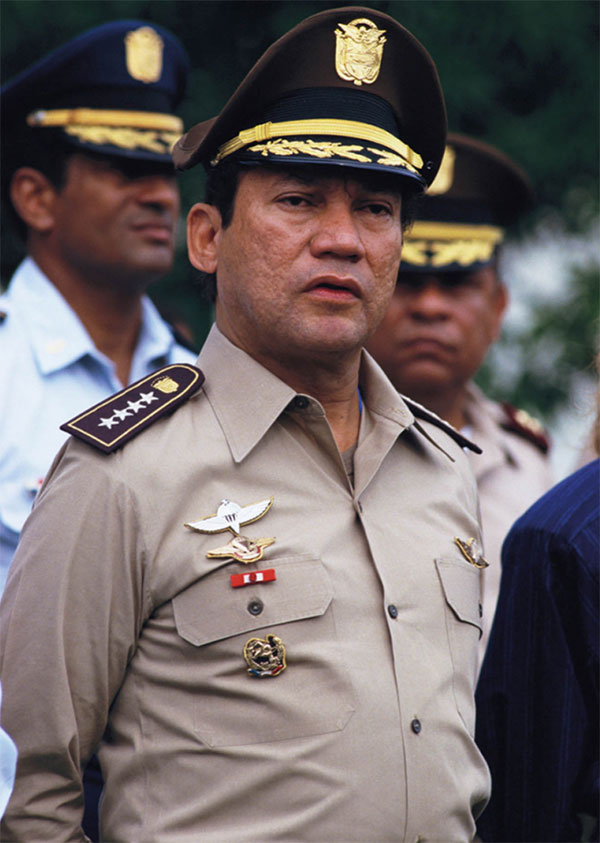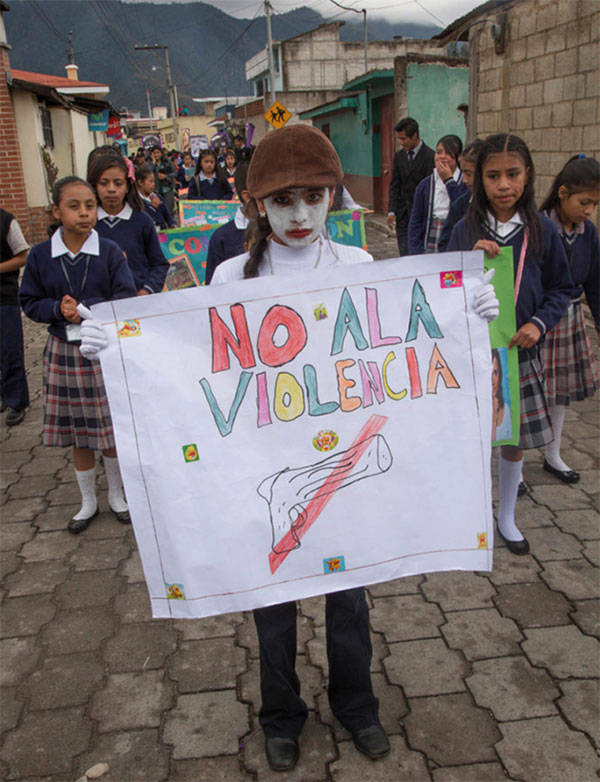MIGRANT WORKERS
The US is home to millions of immigrants from the Northern Triangle countries of El Salvador, Guatemala and Honduras. While many are undocumented and lack legal pathways to bring the children they left behind to the United States, the desire to reunify remains strong. Upticks of instability throughout the region increase the drive to move north. The surge of Central American migrants hit new heights in 2014 after the US increased its deportation of undocumented gang members back to places like El Salvador and Honduras, where murder rates then soared. While figures have decreased over time, El Salvador and Honduras still have the highest murder rates in the world (2023). Fleeing the violence at home, more undocumented people are then driven to seek sanctuary in the US.
Severe drought and food insecurity in these Central American countries only adds to the problem, as does shifting US policy. Past US administrations have allowed for unaccompanied children and families apprehended at the border to be released and remain in the country, in some cases, while they await the outcomes of immigration court hearings. With the 2016 election of Donald Trump as US president, that policy changed, and tensions rose with the building of the infamous border wall with Mexico. However, relations between the US and Central America have improved under President Biden.
Don Pepe Figueres, as both the acknowledged winner of the battle and head of the victorious junta, entered San José five days after the ceasefire and led a triumphant parade. Figueres addressed the people, outlining his goals and fundamental concepts, of what he called his Second Republic: the re-establishment of civic ethics, elimination of the spoils system in public administration, social republic progress without Communism, and a greater sense of solidarity with other nations.

Manuel Noriega.
One of Figueres’ first acts was to place a 10 percent tax on wealth, a law that was resented, badly administered, and in most cases, evaded by the affluent. He expanded the social security system; enacted full voting rights for all women; created a minimum wage; established low-cost national health care services for all; passed legislation on child support; and proposed nationalizing the banks. The firing of large numbers of bureaucrats and schoolteachers, in an attempt to reorganize government agencies, exacerbated his declining popularity. And then the assets of individuals connected with the Calderón-Picado governments were frozen. Figueres’ extreme – and to some, arbitrary – politics alienated many. Even the press became hostile to him.
The constitution of 1949 did reflect many of the goals of the Second Republic. It included political and individual freedoms, and added new social guarantees. It established the principle of public regulation of private property and enterprise, and empowered the state to take actions assuring the widest distribution of wealth possible. But arguably its finest social guarantee was to extend citizenship to everyone born in Costa Rica. This was an important issue for Afro-Caribbean residents, who until that time had been treated as second-class people.
The new constitution also abolished the military. This was perhaps Figueres’ most celebrated and memorable achievement, one that he would point to over and over again. In a public ceremony, he delivered the keys of the Bella Vista military fortress to the minister of public education and told him to convert it into a national museum. Don Pepe knew how to exploit the moment: with photographers standing by, he raised a sledgehammer and symbolically smashed at the wall of the fortress. His supporters considered it a final blow to militarism. His enemies regarded the abolition of the military as a clever move: lacking the full backing of the military, he simply decided to get rid of it.
The US invasion of Panama
Although Panama collaborated with the Reagan Administration by delivering drugs and arms by airplane to the Contras in Nicaragua, relations between the two countries worsened in the 1980s. The US froze economic and military aid to Panama in the summer of 1987 after an attack on the US embassy. The following year, President Manuel Noriega was indicted in US courts for drug-trafficking and the Panamanian Government had their assets frozen in US banks, withholding fees for using the canal. An election in May 1989 was marred by accusations of fraud, though Noriega’s regime promptly annulled the election and refused to leave.
The US began sending thousands of troops to American bases in the canal zone. Tensions quickly flared up. US troops left their bases and started stopping and searching vehicles; then an American Marine was killed by Panamanian police in Panama City. On December 20, 1989, US troops began an invasion of Panama that would last for one week. Hundreds of Panamanians would die during the conflict and Guillermo Endara was sworn in as president at a US military base on the day of the invasion. Afterward, US President George H. W. Bush announced a billion dollars in aid to Panama, though much of it was incentives for US business. Noriega died in 2017.

Protesting gun violence on a march in Guatemala.
Hurricane Mitch
In 1998, the third major hurricane of the season, named Mitch, formed in the western Caribbean Sea on 22 October, 1998, and quickly strengthened to peak at Category 5 status. In preparation, Honduras evacuated roughly 45,000 citizens on the Bay Islands. Belize alerted citizens on offshore islands to head for the mainland, while much of Belize City was also evacuated for fears of a repeat of Hurricane Hattie 37 years earlier. In Guatemala, 10,000 were evacuated along the coasts and rivers.